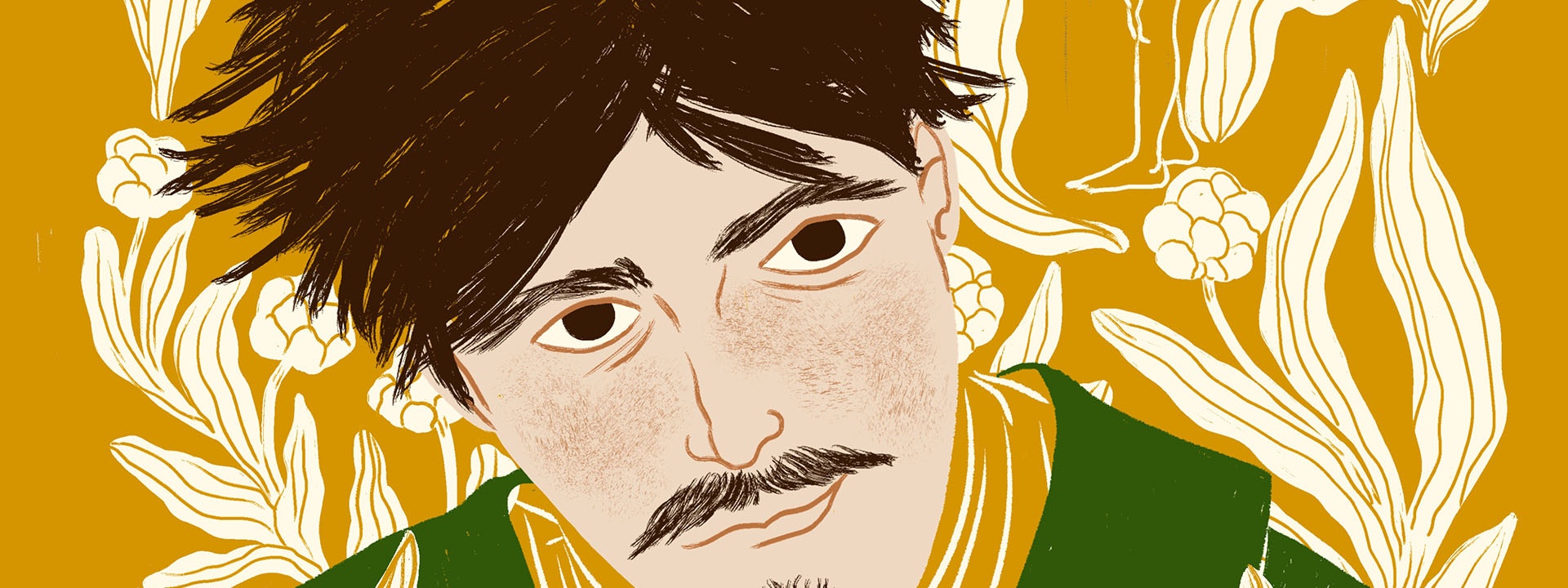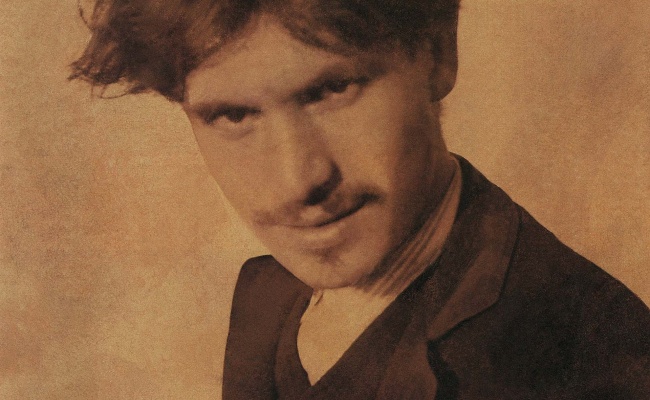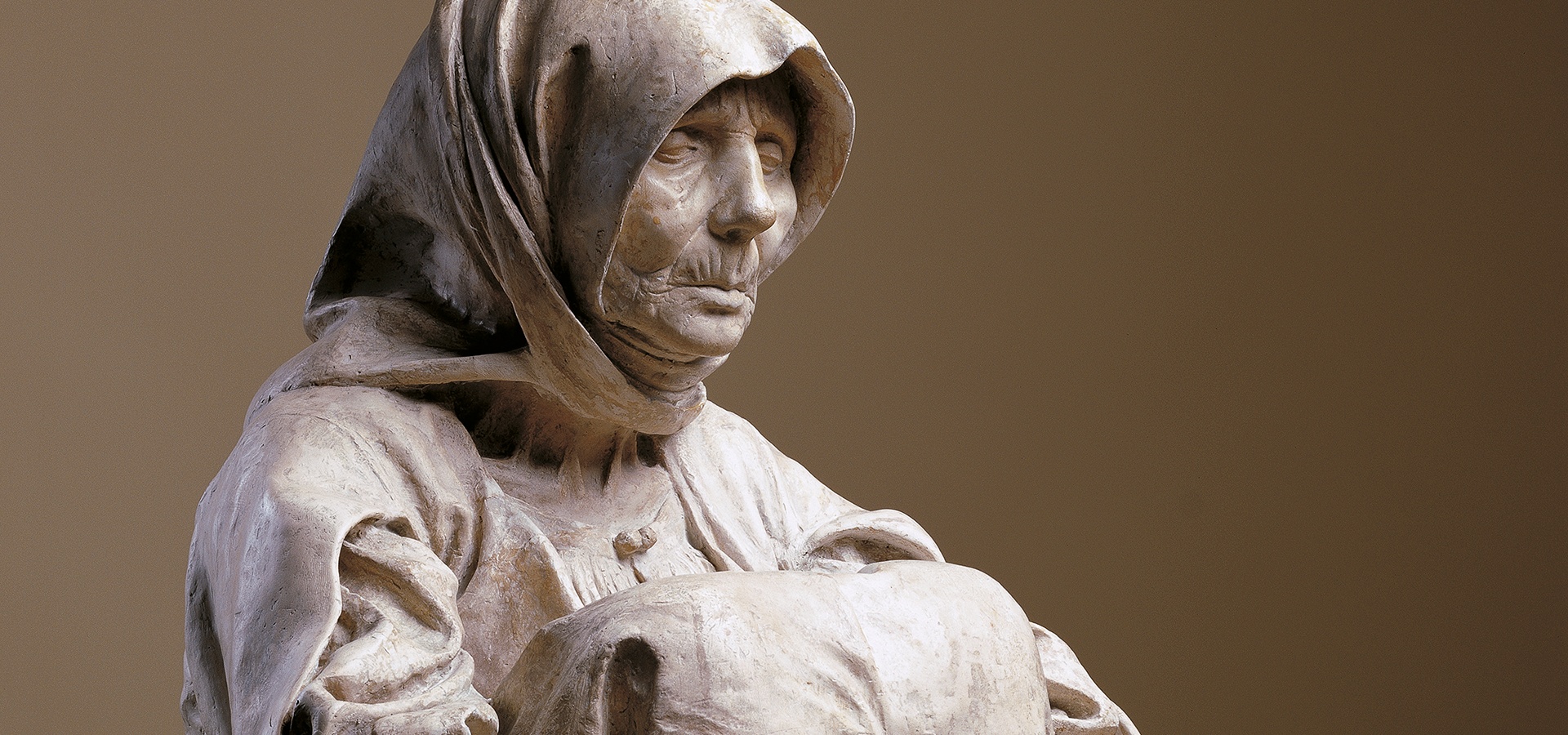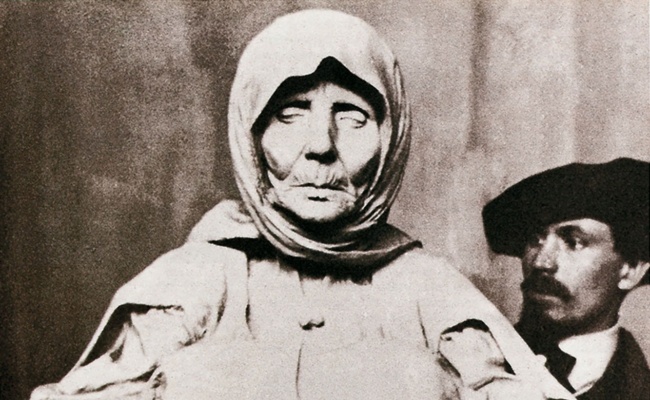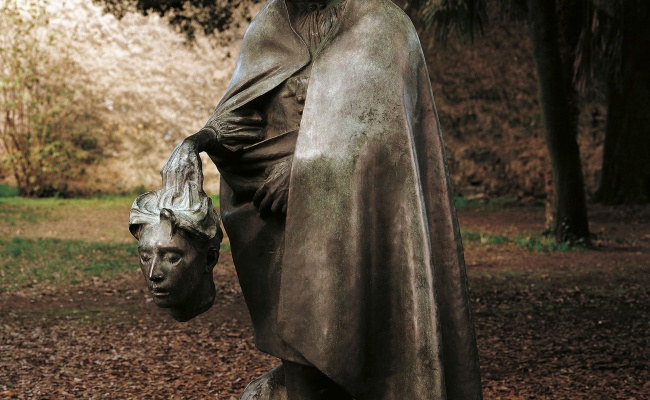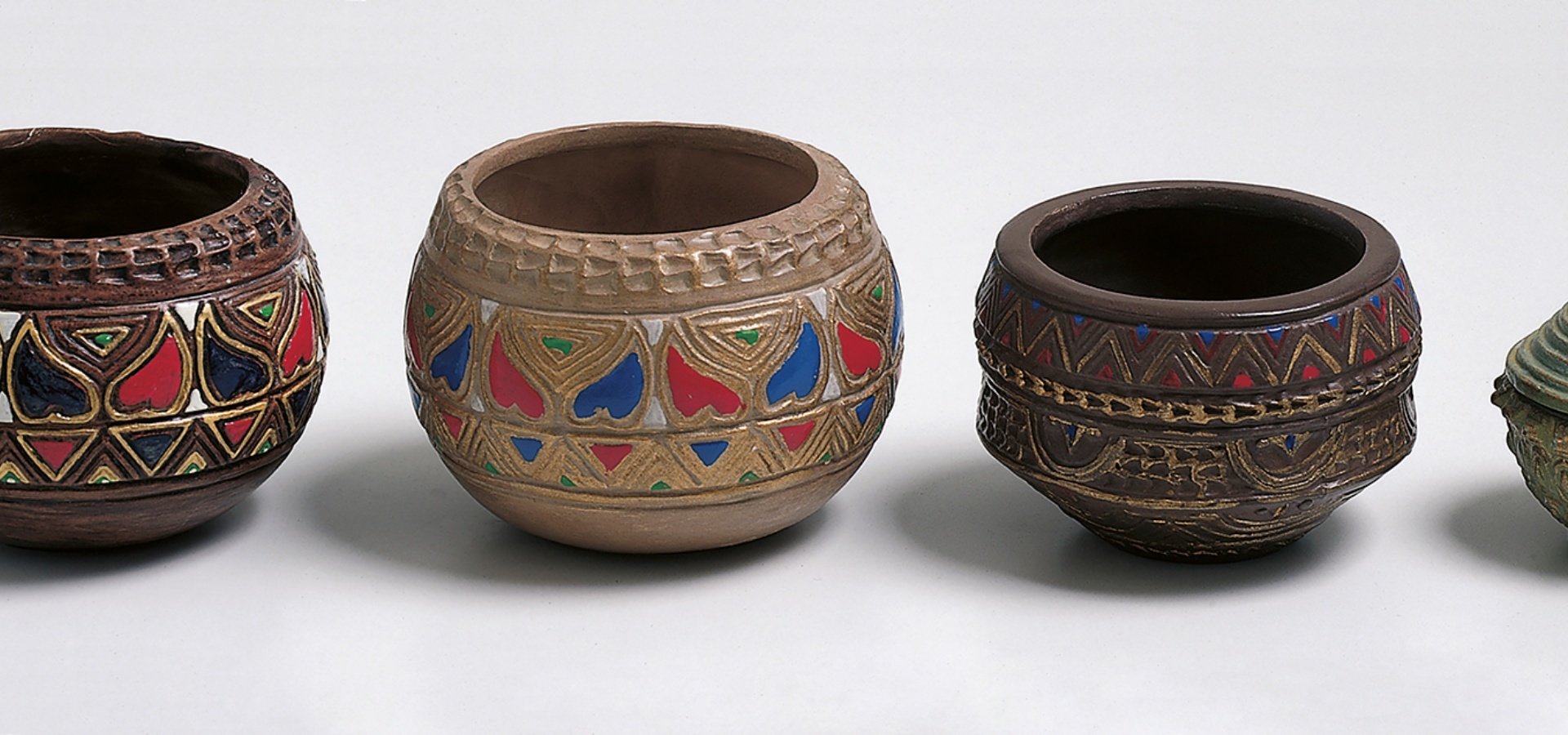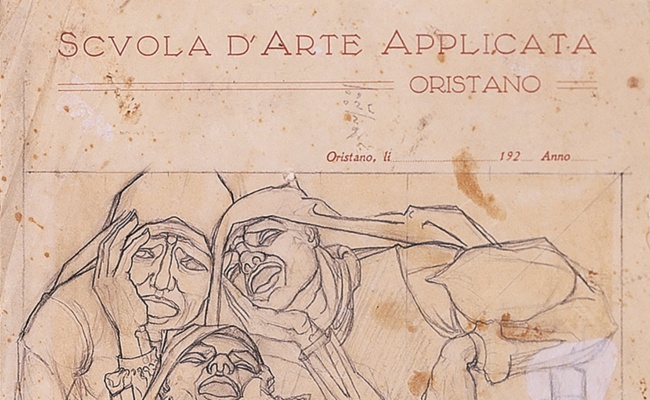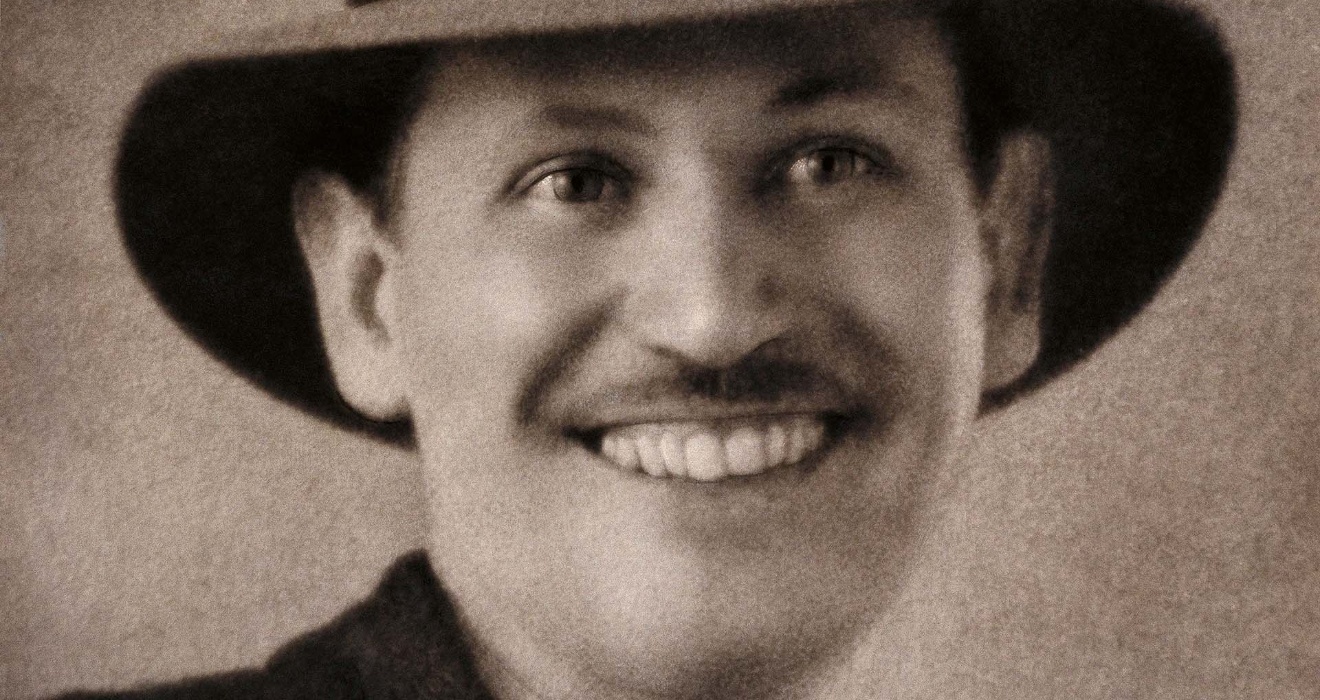Francesco Ciusa (b. Nuoro, 2 July 1883–d. Cagliari, 26 February 1949) was an Italian sculptor and one of the leading figures of the Novecento art movement in Sardinia.
Francesco Ciusa
Description
After getting his diploma, he went back to Sardinia and lived in Sassari for a year, sharing the studio of his friend the painter Giuseppe Biasi. It was, however, when he returned to Nuoro that he made the work that drew the attention of his fellow Sardinians and the world at large, which remains his most famous sculpture today: The Mother of the Slain.
He moved to Cagliari in 1909, where he championed the city’s cultural life and created some of his other most famous works, specifically those in the Cainites series. The figures in this series represent the figures, rituals and everyday gestures of rural Barbagia.
During the war, he developed an interest in the applied arts and pottery in particular.
In 1919, he founded SPICA (Società per l'Industria Ceramica Artistica, or the Society for the Artistic Pottery Industry) in Sassari, which produced small, cold-painted terracotta objects, like boxes, statuettes, bas-reliefs and trinkets, until 1924. The subjects and decorative motifs of these objects were inspired by popular tradition and influenced by the Art Déco style in fashion at the time.
In 1925, Ciusa became director of the School of Applied Arts in Oristano, the first school of its kind in Sardinia, the faculty of which included the painters Carmelo Floris and Giovanni Ciusa Romagna (Ciusa’s nephew).
 Nuorese Cultural District
Nuorese Cultural District